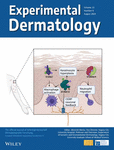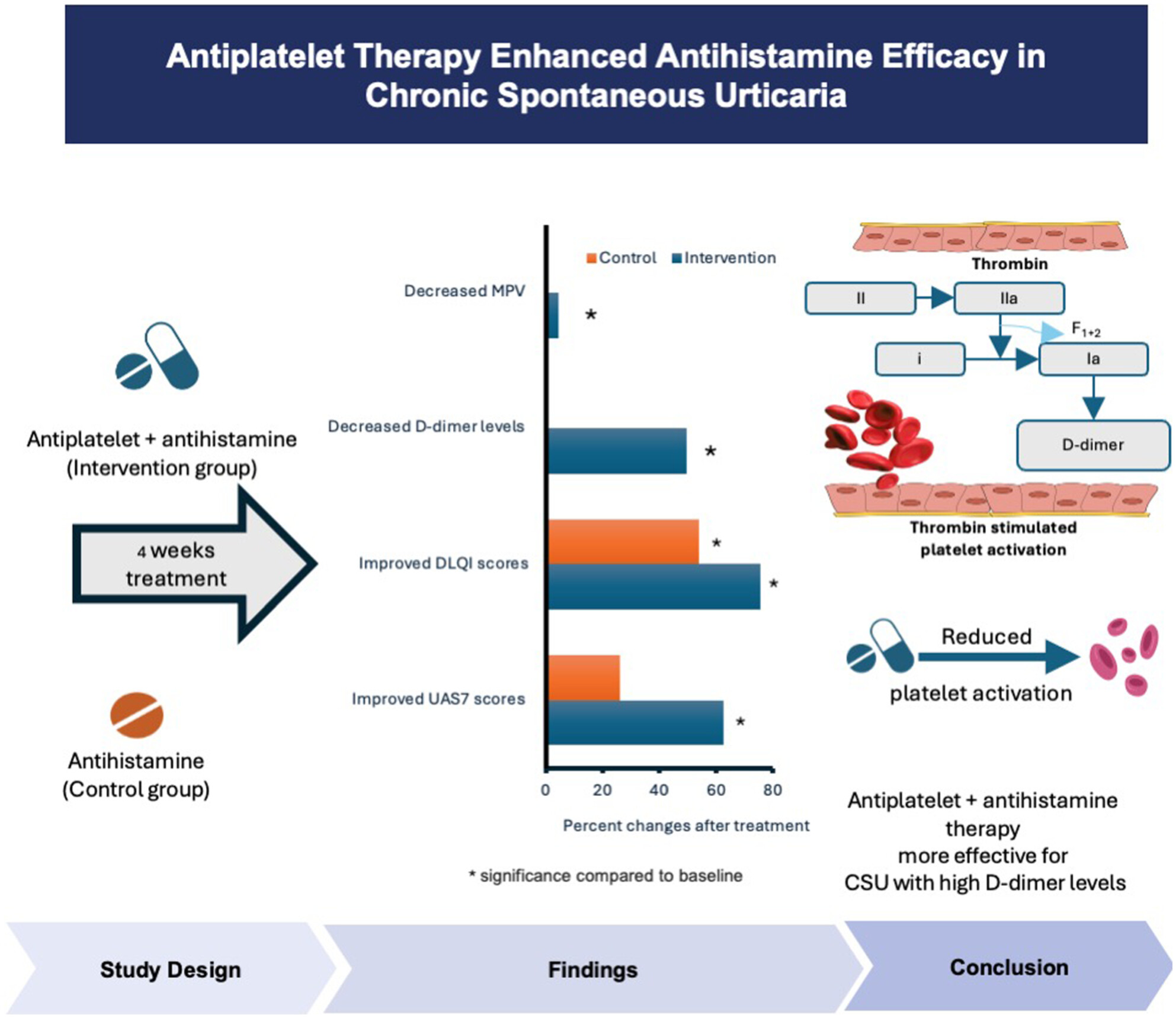Journal list menu
Export Citations
Download PDFs
COVER IMAGE
Cover Image
- First Published: 07 May 2025
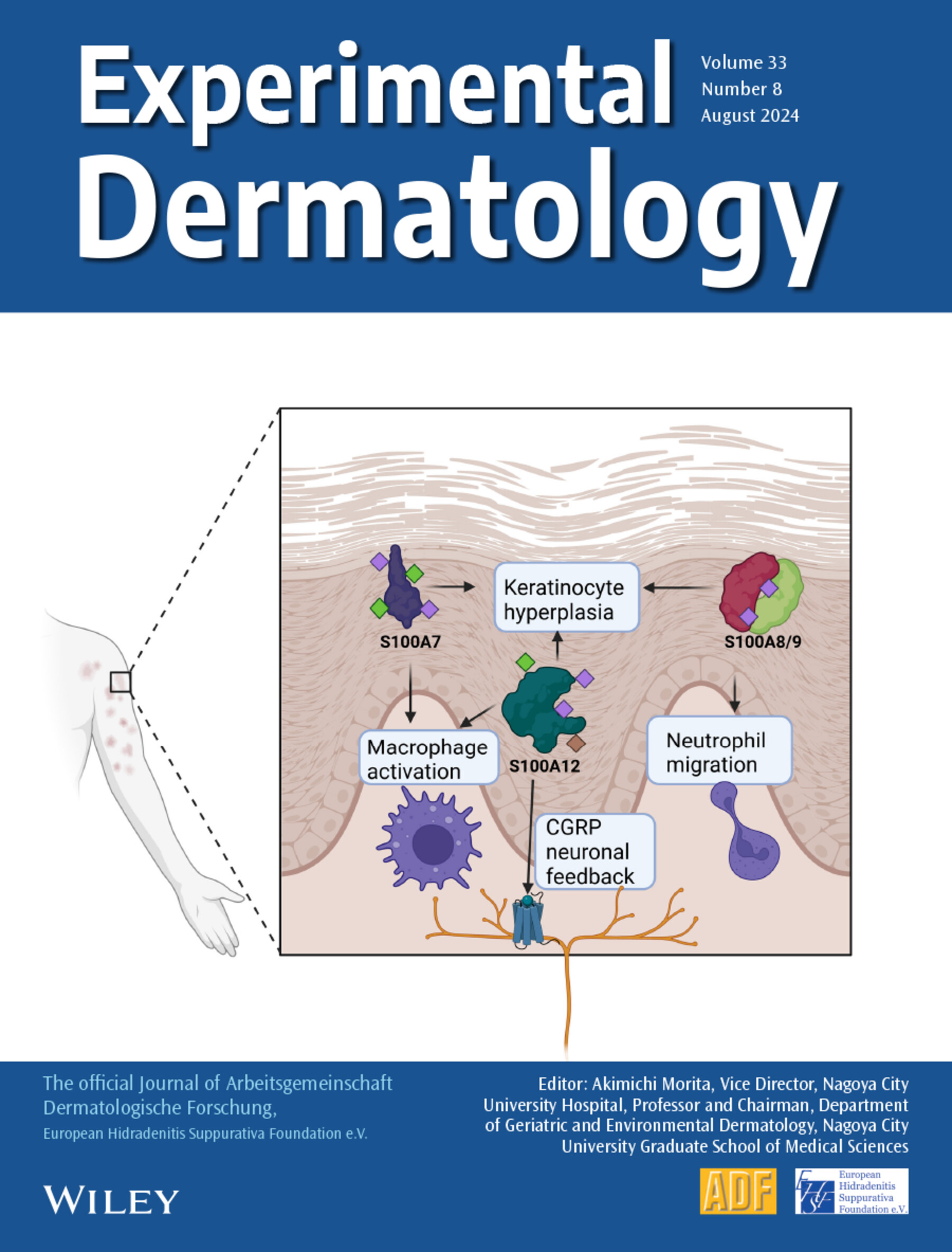
The cover image is based on the article An overview of S100 proteins and their functions in skin homeostasis, interface dermatitis conditions and other skin pathologies by Jillian Richmond et al., https://doi.org/10.1111/exd.15158.
ISSUE INFORMATION
RESEARCH ARTICLE
Loss of keratin 14 expression from immortalized keratinocytes by promoter methylation
- First Published: 29 July 2024
Unveiling the value of C-reactive protein as a severity biomarker and the IL4/IL13 pathway as a therapeutic target in recessive dystrophic epidermolysis bullosa: A multiparametric cross-sectional study
- First Published: 29 July 2024
CONCISE COMMUNICATION
Simple tape-stripping method for highly reliable and quantitative analysis of skin microbiome
- First Published: 31 July 2024
REVIEW ARTICLE
Histone modification in psoriasis: Molecular mechanisms and potential therapeutic targets
- First Published: 01 August 2024
This paper reviewed the regulatory mechanisms and biological effects of histone modifications and their roles in the pathogenesis of psoriasis. It highlights the role of epigenetic inheritance and the potential of targeting histone modification as an alternative therapeutic approach for psoriasis and other-related diseases.
RESEARCH ARTICLE
Pro-inflammatory activity of Cutibacterium acnes phylotype IA1 and extracellular vesicles: An in vitro study
- First Published: 08 August 2024
REVIEW ARTICLE
An overview of S100 proteins and their functions in skin homeostasis, interface dermatitis conditions and other skin pathologies
- First Published: 08 August 2024
RESEARCH ARTICLE
Irisin promotes hair growth and hair cycle transition by activating the GSK-3β/β-catenin pathway
- First Published: 12 August 2024
Sulfuric acid-induced skin neoplasms in immunocompetent mice
- First Published: 12 August 2024
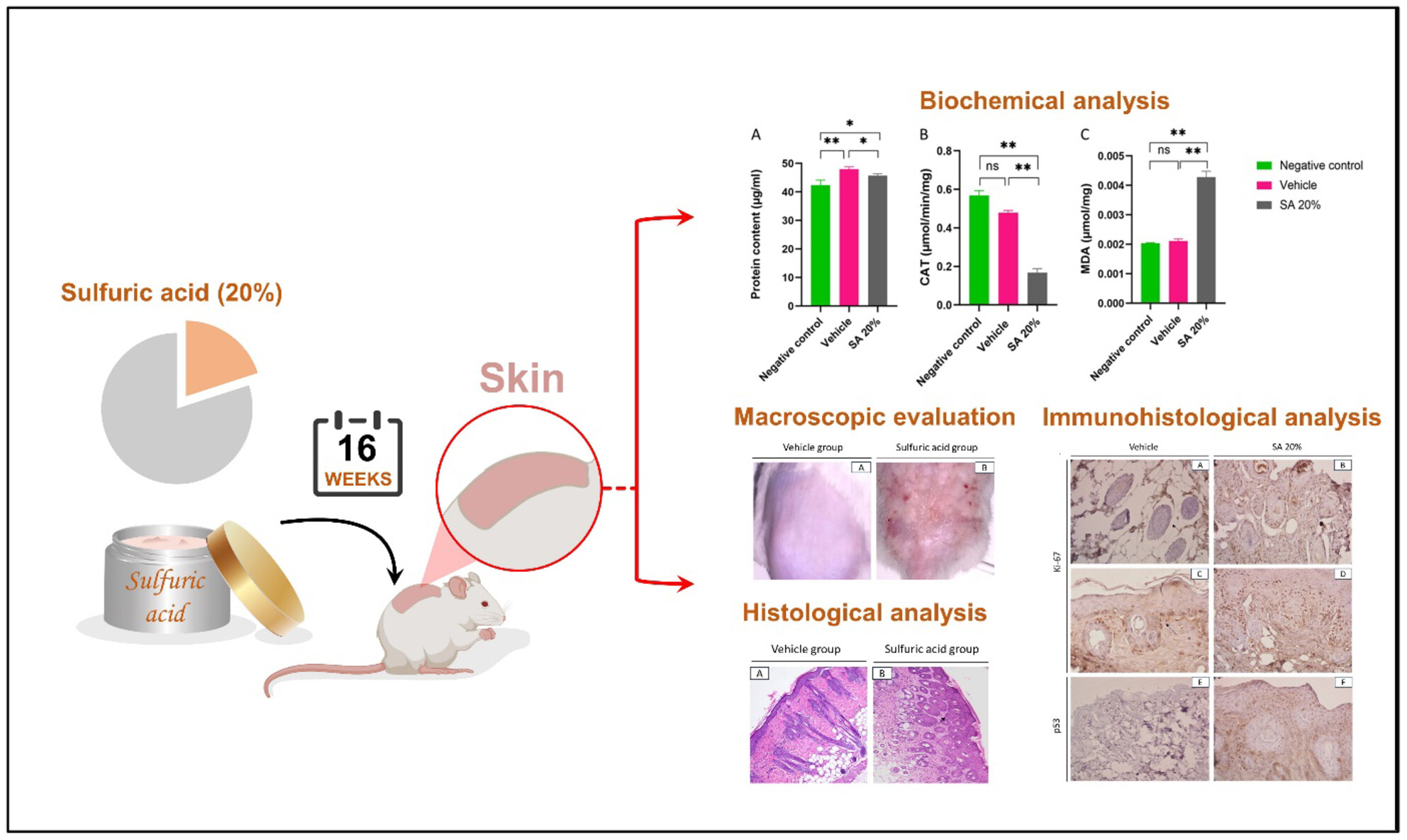
This groundbreaking study highlights the potential for skin irritation and oxidative stress induced by chronic exposure to sulfuric acid (SA) in Swiss albino mice. In addition, it elucidates the ability of SA to promote neoplastic proliferation characterized by significant expressions of Ki-67 and p53 markers.
Dynamic optical coherence tomography unveils subclinical, vascular differences across actinic keratosis grades I–III
- First Published: 13 August 2024
Genetic polymorphisms to identify patients with an optimal response to tildrakizumab in psoriasis patients from real-life clinical practice
- First Published: 30 July 2024
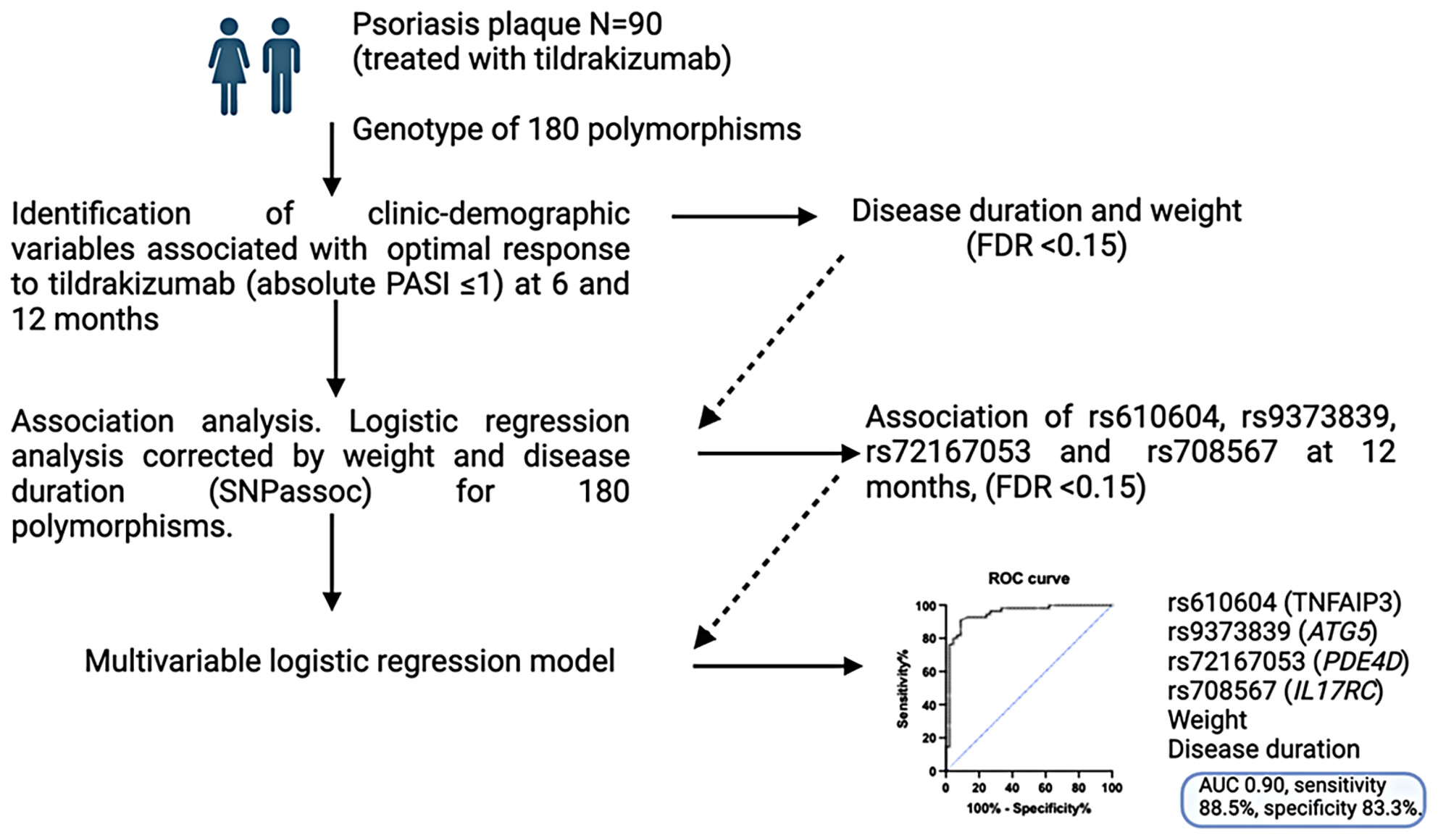
One hundred eighty polymorphisms were analysed in 90 patients with plaque psoriasis treated with tildrakizumab in routine clinical practice. The combination of four polymorphisms in TNFAIP3, ATG5 PDE4D and IL17RC genes, along with weight (>76 kg) and disease duration (>27 years), showed a sensitivity of 88.5% and specificity of 83.3% to discriminate responders (PASI ≤1) and non-responders (PASI >1) at 12 months.
Metabolic profiling of psoriasis vulgaris and palmoplantar pustulosis
- First Published: 21 August 2024
RESEARCH LETTER
Comorbidities associated with discoid lupus erythematosus: A case–control study in the All of Us Research Program
- First Published: 21 August 2024
Meta-analysis reveals a lower ‘UV signature’ in vitiligo skin compared to non-melanoma skin cancers
- First Published: 21 August 2024
RESEARCH ARTICLE
Skin inflammatory signatures, as measured by disordered spatial redness patterns, predict current and future skin ageing attributes
- First Published: 22 August 2024
The amino acid transporter SLC16A10 promotes melanogenesis by facilitating the transportation of phenylalanine
- First Published: 22 August 2024
Polycyclic aromatic hydrocarbons exposure associated with increased risk of psoriasis
- First Published: 22 August 2024




